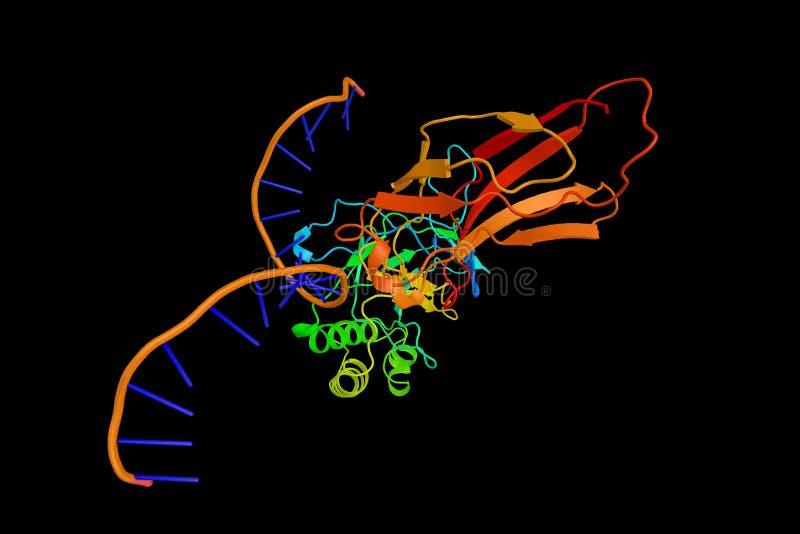
The data was shared without Franklin’s knowledge or permission and contributed profoundly to the final design. This data confirmed the arrangement of the DNA strands into a helical structure. The final construction of a correct DNA molecule owed heavily to the X-ray crystallography data generated by Rosalind Franklin.
Sugar phosphate backbone chromosome trial#
Outer edges of bases remain exposed (allows access to replicative and transcriptional proteins)Īs Watson and Crick’s model building was based on trial and error, a number of early models possessed faults:.DNA strands pair via complementary base pairing (A = T C Ξ G).DNA strands are antiparallel and form a double helix.Using trial and error, Watson and Crick were able to assemble a DNA model that demonstrated the following: DNA is organised into a helical structure – Rosalind Franklin, 1953 (data shared without permission).DNA is composed of an equal number of purines (A + G) and pyrimidines (C + T) – Erwin Chargaff, 1950.DNA is composed of nucleotides made up of a sugar, phosphate and base – Phoebus Levene, 1919.

Their efforts were guided by an understanding of molecular distances and bond angles developed by Linus Pauling, and were based upon some key experimental discoveries: These scientists constructed models to quickly visualise and assess the viability of potential structures. The structural organisation of the DNA molecule was correctly proposed in 1953 by James Watson and Francis Crick.

This is called complementary base pairing – A and T complement each other by forming base pairs and same with G and C The strands are held together by hydrogen bonds between the nitrogenous bases This atomic arrangement results in the double-stranded DNA forming a double helix (~10 – 15 bases per twist)

These features make DNA can repel water and would not hydrolysed and breakdown by the aqueous environment.

DNA is very stable due to rungs of “ladder” is hydrophobic and phosphate sugar backbone of DNA is negatively charged. The purpose of this twisting is to protect the bases inside it, and prevent them from being damaged by the environment. one runs 3' to 5', the other run 5' to 3'. This is done by the sugar phosphate backbone twisting around itself in a coil. Figure 1 Diagram showing the sugar phosphate backbone of DNA, and the nitrogenous bases attached to it, forming a nucleotide Structure of DNAĭNA is wound into an right-handed double helix.


 0 kommentar(er)
0 kommentar(er)
